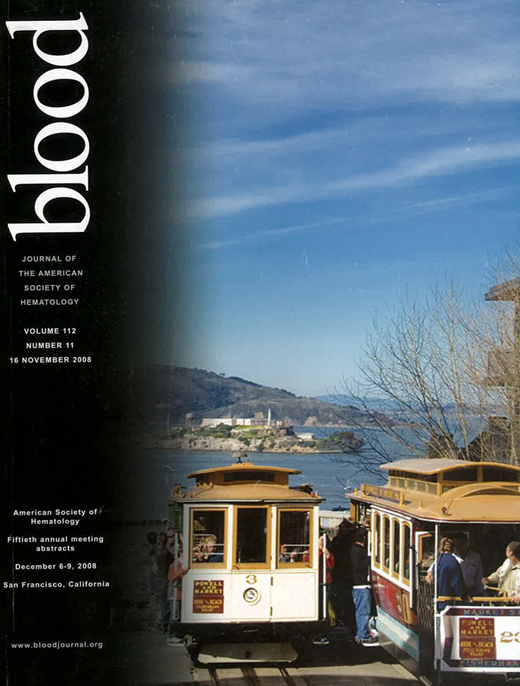Abstract
Gene expression signatures are a promising tool to predict lineage and genetic subtypes of acute lymphoblastic leukemia (ALL) and other types of cancer. Using a 110 probe set signature, we correctly identified patients belonging to the 4 major subtypes of pediatric ALL (T-ALL, TELAML1-positive, hyperdiploid and E2A-rearranged ALL). In addition, we identified a novel subtype of precursor B-ALL. The signature of this group was most similar to true BCRABL-positive cases, whereas these cases did not have the BCRABL-translocation. We therefore describe this group as BCRABL-like. The existence of BCRABL-like patients was confirmed in an independent validation cohort of 107 patients. Most importantly, they represent 15–20% of precursor B-ALL cases with a highly unfavorable prognosis (5-year disease-free survival 60±11%) compared to other precursor B-ALL cases (84±4%; p=0.009), resembling that of true BCRABL-positive cases. To investigate the genetic abnormalities in BCRABL-like patients, we applied array-comparative genomic hybridization analysis. In 44 BCRABL-like patients, we found seven recurrent deletions. Most abnormalities were found in chromosome 9p, while other chromosomes affected included 20q, 22q11, 7p12, 11q, 13q14 and 19p13. Interestingly, many of these deleted regions harbor genes that play an important role in B-cell development. In total, 82% of BCRABL-like patients had abnormalities in one or more genes that are involved in B-cell development including PAX 5 (16 patients), VpreB1 (17 patients), Ikaros (17 patients), EBF1 (6 patients) and TCF3/E2A (3 patients). Bi-allelic loss was frequently found in VpreB1 and PAX5, including inactivating point mutations in exon 2 (V26G) in PAX5. The frequency of B-cell development gene deletions was also high in BCRABL-positive cases (80%), but was significant lower in a control group of precursor B-ALL, including TELAML1-positive, hyperdiploid, MLL-rearranged en B-other patients (36%, p=0.0002). In summary, these results indicate that the BCRABL-like group is a novel high-risk subtype of precursor B-ALL with a high percentage of deletions in B-cell development genes. Currently experiments are being done to determine the biological significance of the recurrent changes in the BCRABL-like group.
Disclosures: No relevant conflicts of interest to declare.
Author notes
Corresponding author

